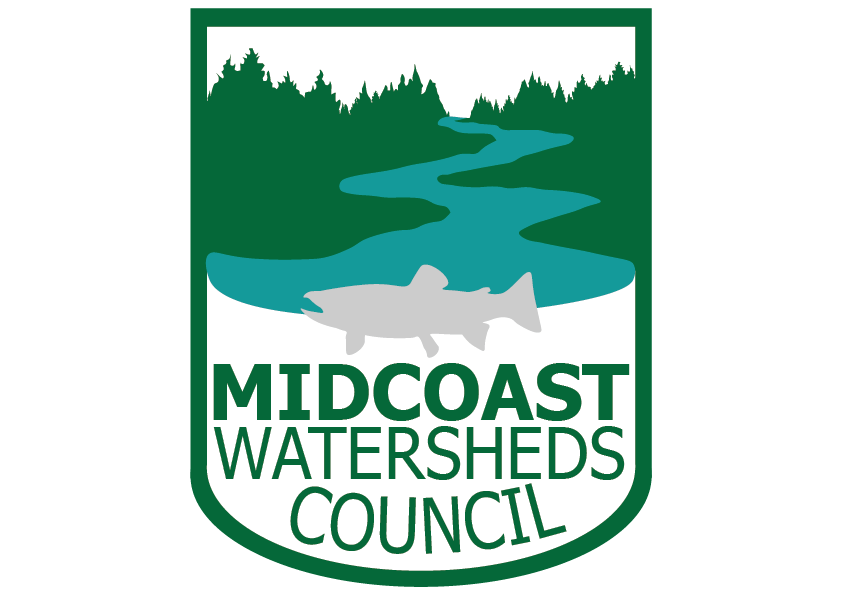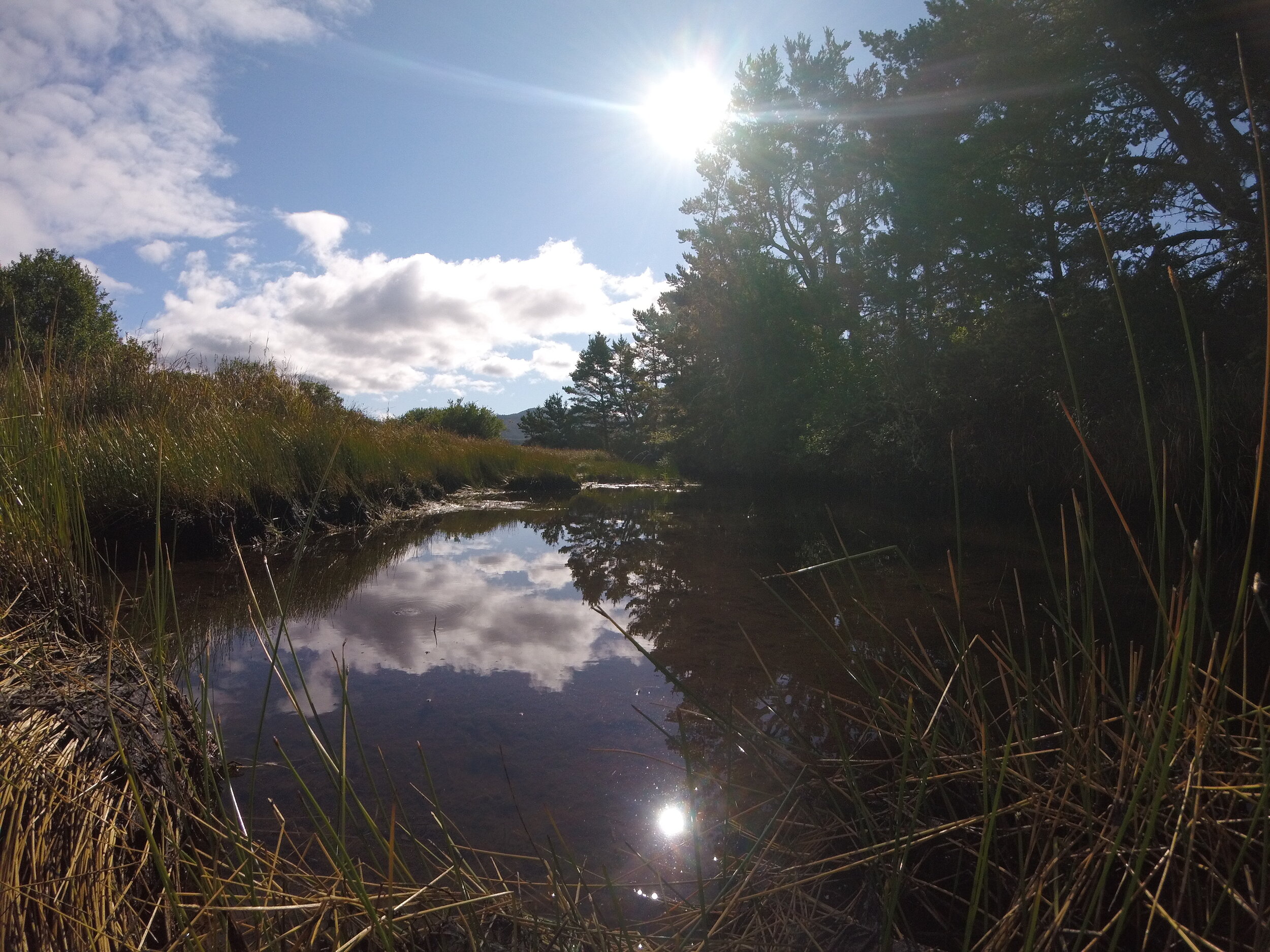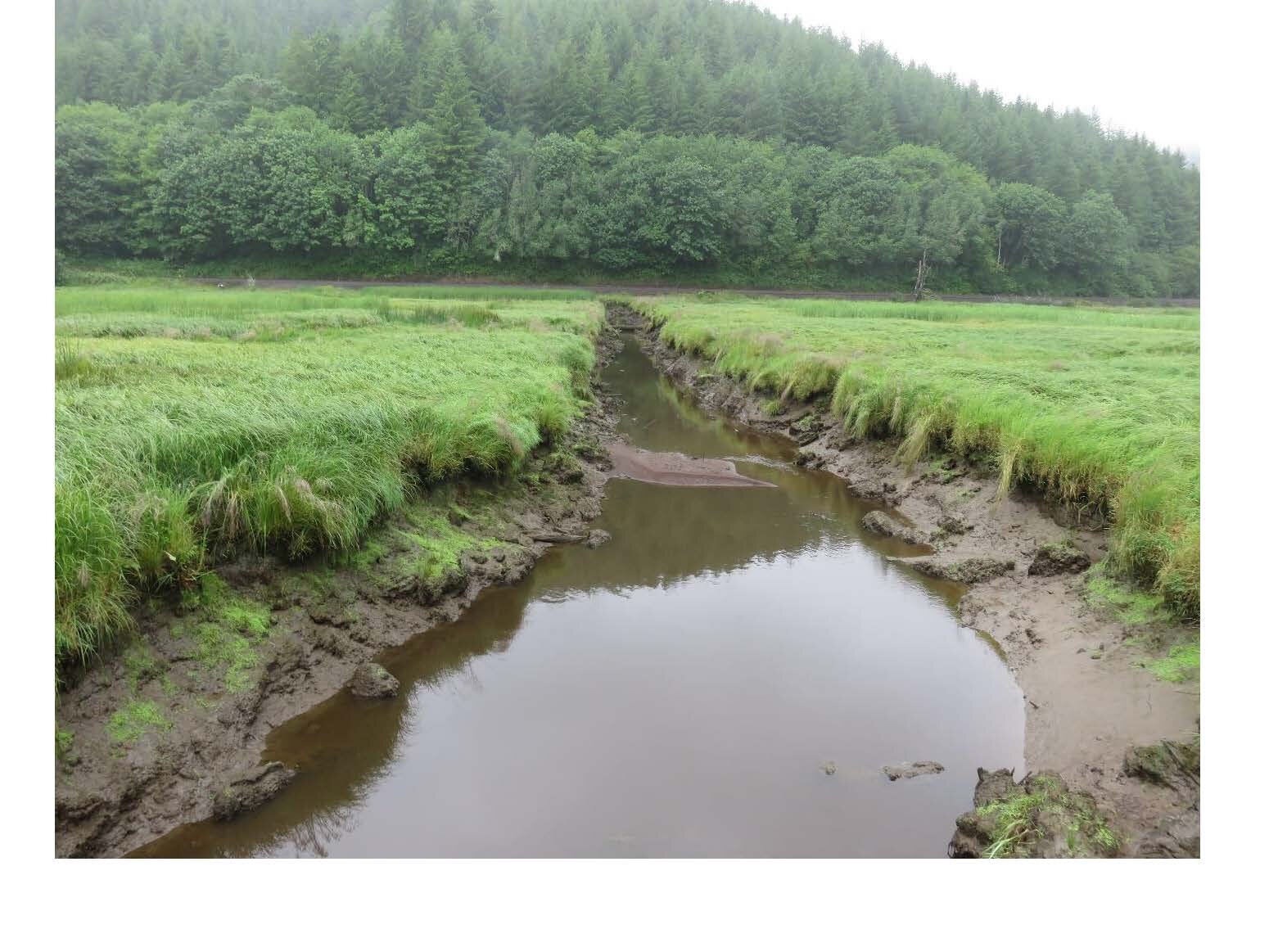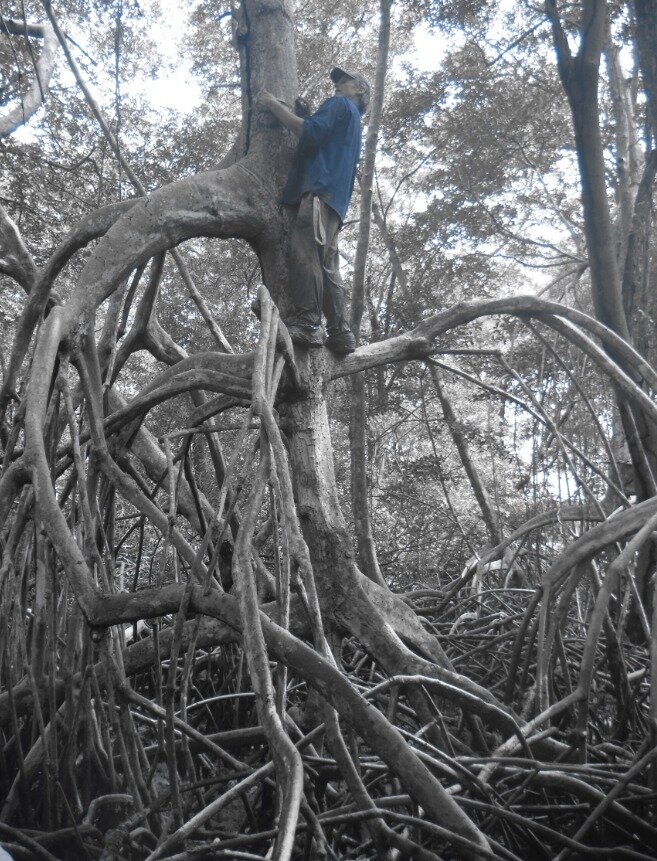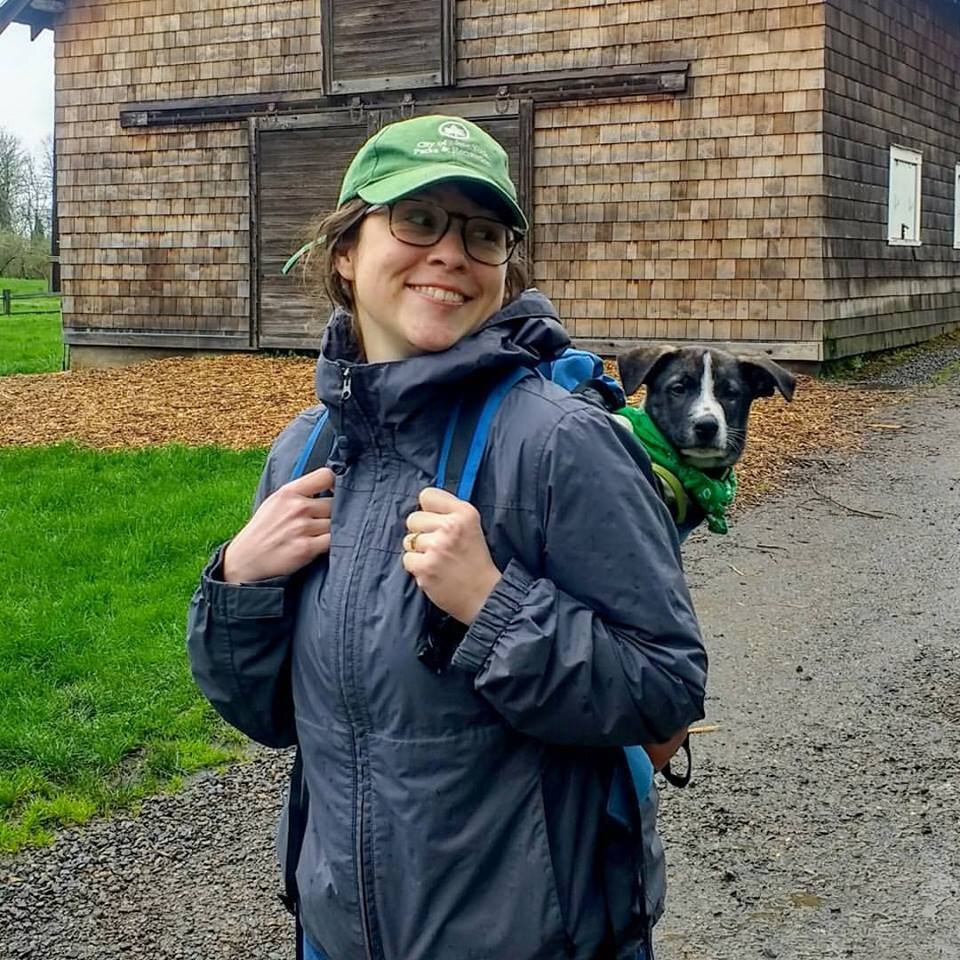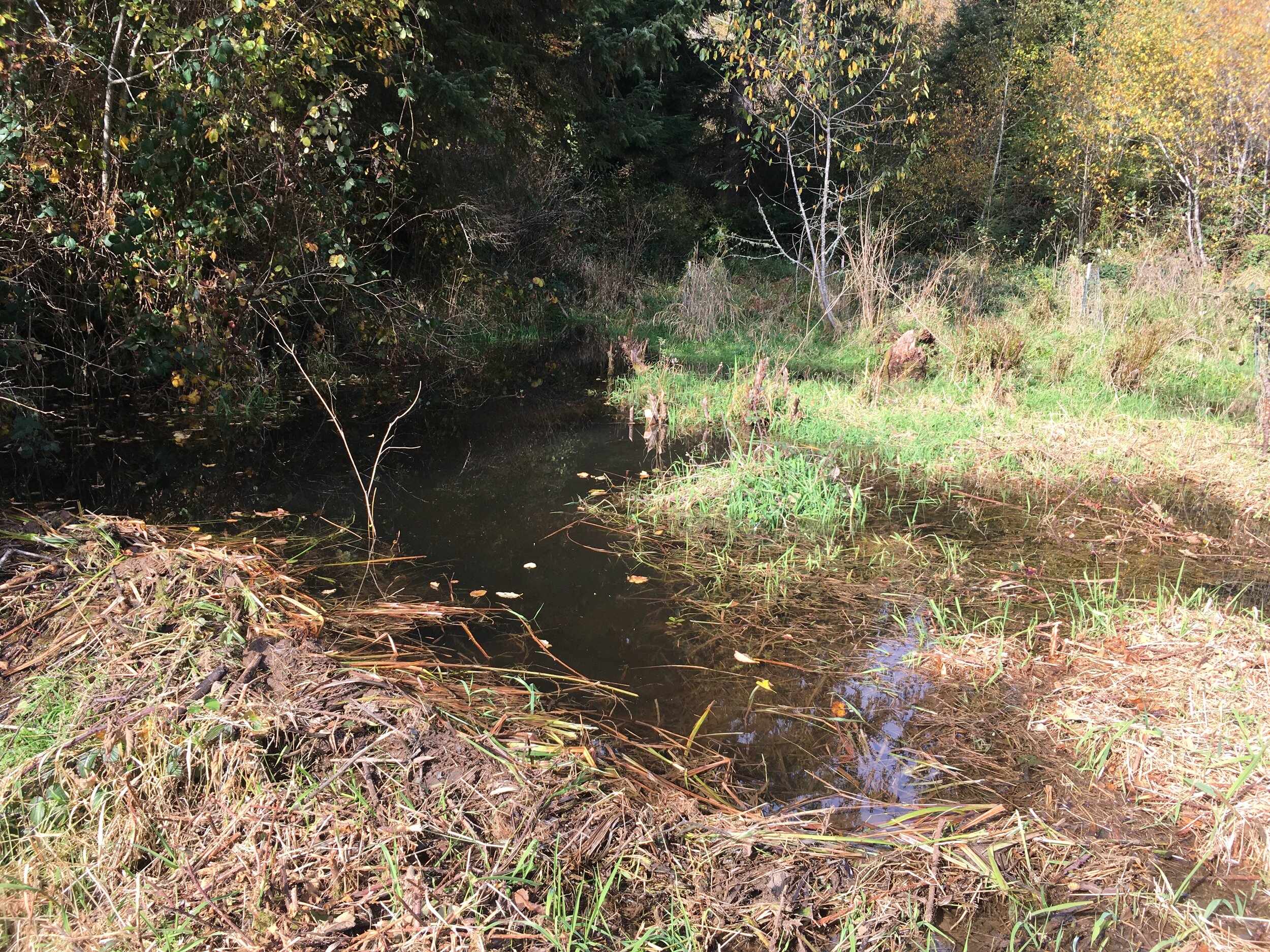Greetings! As the new Watershed Restoration Specialist for the MidCoast Watersheds Council, I wanted to say “hi” and introduce myself.
I was born and raised in Pacifica, CA. - a beach town near San Francisco. However, after eight years in this state, I now call Oregon my home. I’m an active and outdoorsy person. I like to hike, bike, surf, play soccer, camp, and fish. I also enjoy slower paced activities like gardening, cooking, and reading. I am passionate about protecting and preserving the natural world and plan to use that passion to help the MCWC continue to work toward our mission of “improving the health of streams and watersheds of Oregon’s central coast so they produce clean water, rebuild healthy salmon populations, and in turn support a healthy coastal ecosystem, economy, and culture”.
I have a bachelor’s of science degree in Ecohydrology from the University of Nevada, Reno and approximately 10 years of experience in ecological restoration and botany. I have worked as field tech, nursery manager, botanist, independent contractor, crew lead, and project manager on wetland mitigation, riparian planting, in-stream habitat, vegetation mapping, and meadow restoration projects. I’ve done this work from Portland to SanFrancisco, from the coast to the Great Basin and on many of the beaches, rivers, mountains, and rangelands in between.
I’m excited to be living back on the coast, as are my partner Alicia and son Leopold, and to have the opportunity to contribute to the good work being done out here. I look forward to getting to know the area better and connecting with the local community. If you would like to reach out to me with questions, comments, or suggestions, you can contact me at my email address or phone number below. Otherwise, I hope to see you around the watershed.
Sincerely,
Trevor Griffiths
trevor@midcoastwc.org
(541) 265-9195
